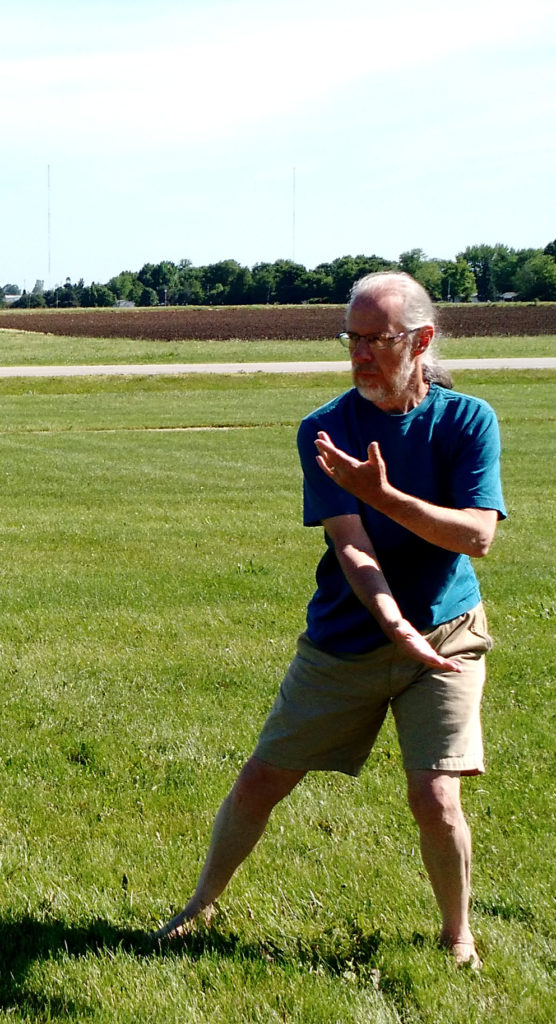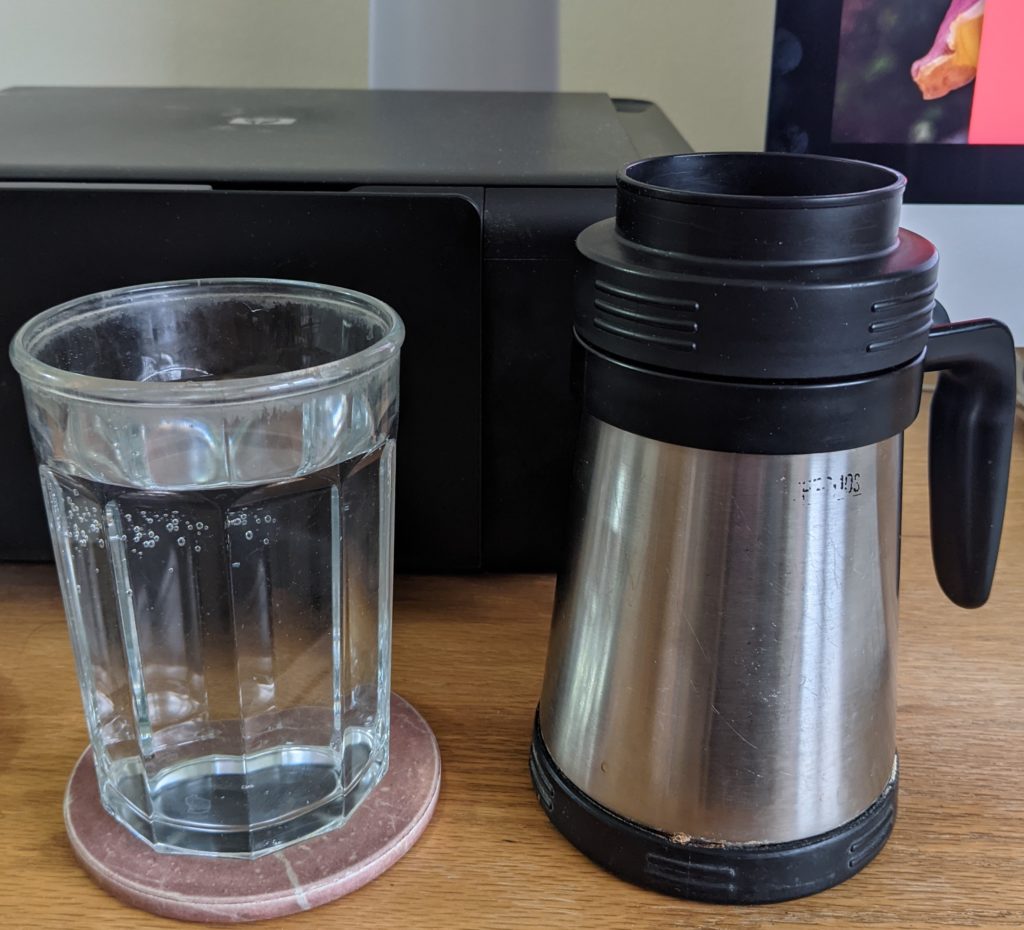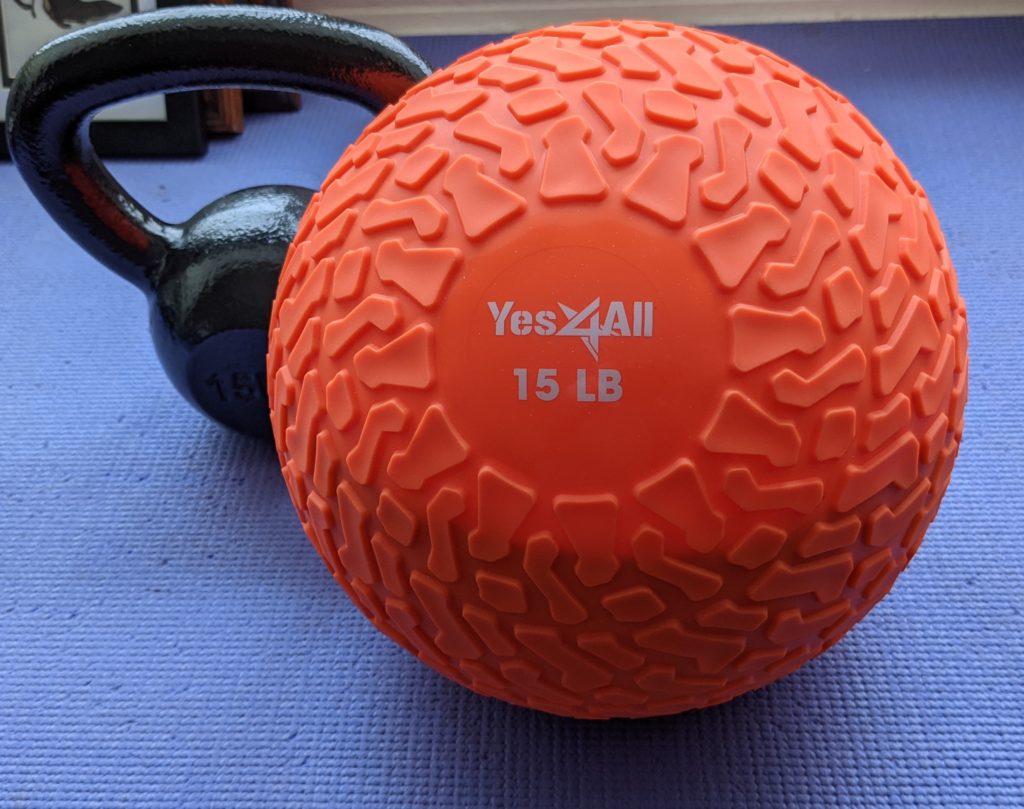I’m sure it indicates a character flaw, but I find this snowy owl’s attitude extremely relatable. (Of course, this same character flaw is probably how I made it this far through the pandemic without getting sick.)
Tag: pandemic
2022-02-07 06:37
“For both the elderly and people between 40 and 59, severe illness and death were notably lower among the boosted than the merely vaccinated.” — NYT
What about people over 59 but not elderly? How did they do?
“Retired” from teaching tai chi
I started practicing tai chi in 2009 with a beginner course at OLLI (the OSHER Lifelong Learning Institute). I’d always been attracted to tai chi. I liked the way it looked—the slow, controlled movement. I was also interested in it as a martial art, and I liked the idea of “moving meditation.” Despite all that interest, I had not anticipated how transformative the practice would turn out to be.

Before I added the tai chi practice to my life, I was all about figuring out the “right” amount of exercise—and in particular, the minimum amount of running, lifting, walking, bicycling, stretching, etc. to become and remain fit enough to be healthy, comfortable, and capable of doing the things I wanted to be able to do.
Pretty quickly after I took up the practice, I found I was no longer worried about that. I found that my body actually knew what the right amount was, and that all I needed to do was move when I felt like moving—and make sure that my movement was diverse.
Because diversity was the key, I did a lot more than just tai chi. I continued running. I dabbled in parkour. I stepped up my lifting practice (and then shifted to mostly bodyweight training when the pandemic made gyms unavailable, and then continued with it because it seemed to work better). I went down a “natural movement” rabbit hole. I walked a lot.
In about 2012 or 2013 my tai chi instructor asked if anyone wanted to “assistant teach” the beginners class with him. I volunteered, and then did so. After six months or so he asked me to take over the evening class that he was teaching for people who couldn’t come to the early classes. I gradually started filling in for him on other classes as well.
In 2015 I formally took over as the tai chi instructor at the Savoy Rec Center. I really enjoyed teaching tai chi, although I found the constraints (having to show up at every class) a bit. . . constraining.
I did some tweaking around the edges (in particular, combining the Wednesday and Friday classes into a single Thursday class, so I could have a three-day weekend), which helped, but only so much.
Then a few weeks ago, the Rec Center wanted me to sign a new contract which would have required me to buy a new insurance policy, naming the Village of Savoy as an “additional insured.” I’m sure I could have done that—there are companies that sell insurance specifically for martial arts and fitness instructors. But as soon as I got set to research such policies, I realized that I really didn’t want to.
Instead, I wanted to retire.
I’d retired from my regular job years before, in 2007. And of course teaching tai chi four or five hours a week was in no way a career. The first few years I was teaching, I found the money I earned a nice supplement to our other retirement income. But with various improvements to our financial situation over the last few years, the money became pretty irrelevant, and the time constraints more. . . constraining. Especially with my parents facing various health challenges, I want to be able to go visit either one if that seems necessary, which has been difficult if I want to honor my obligation to my students.
So a few weeks ago I told the Rec Center and my students that I was retiring from teaching tai chi. My last classes were yesterday.
I’m sad not to be teaching my students any more, but delighted at losing the set of related constraints.
For years now, my students have been gathering in the park (Morrissey Park in Champaign, Illinois) during nice weather for informal group practice sessions, and I expect we’ll keep doing that. At any rate, I plan to be there, starting in the spring, practicing my tai chi. You are welcome to join us.
Fasting
Fasting is very much in the forefront of the kooky part of the health/wellness/fitness world that has me snake-fascinated. I’m convinced by the basic logic that our physiology functions best when we alternate between fed and fasted states, and functions poorly when we are always in a fed state.
As I write this, I’m approaching the end of a three-day fast. I did similar fasts in 2018 and 2019. This is actually my 2020 fast, slipped to early 2021 because I’d hesitated to do a fast during a pandemic. The pandemic isn’t over, but with 11 months of experience at dealing with it, I knew I could just arrange my schedule such that I had virtually no contact with other people for these three days.
Kinds of fasting
There are a lot of ways to do a fast, differing primarily in how long one fasts, and also in what one consumes during the fast.
At one end of the spectrum there’s just not eating for the period between supper and breakfast, which pretty easily stretches to 12 hours for anyone who can forego a bedtime or midnight snack. That period can be extended moderately—there are people who chose to fast for 13 to 16 hours per day—or it can be extended by somewhat more—some people choose to fast for a whole day. At the other end of the spectrum there’s prolonged fasting, where people fast for multiple days.
There are names for these various protocols. Some people practice what’s called 16:8 fasting, where they fast for 16 hours out of the day and consume all the food they eat within an 8 hour window (perhaps 8:00 AM to 4:00 PM, or noon to 8:00 PM). Another is called 5:2 fasting, where people fast on two days out of a week, eating as they like on the other five.
People seem to use the term “time-restricted eating” (or time-restricted feeding, if you’re talking about lab animals) to refer to fasting protocols where the fasting/eating windows are measured in hours. There is also the term “intermittent fasting” which some people just use as a generic term to refer to fasting protocols where the fasting window is not much more than a full day. (If you fast on alternate days you’ll typically end up with 36-hour fasts, assuming that you start your fast after supper on day 1, fast on day 2, and then break your fast with breakfast on day 3.)
Beyond the numerous periods of intermittent fasting, there’s the broad category of “prolonged fasting,” which can be anything from 48 hours out to 30 days or more, although fasting for longer than a week is rarely done for health reasons, except for people who are morbidly obese.
Autophagy
I’ve become convinced that some amount of fasting is not only healthy, it is important for health. Very briefly, there’s a finely balanced system inside of each cell that monitors available energy and available amino acids. If those things are present, the cell switches into a growth pathway, and starts making proteins and organelles (whatever the cell needs at the time). If the cell is short of either energy or amino acids, it switches over into what’s called autophagy, and instead of making proteins starts breaking them down.
For many people in the modern world it has become ordinary to eat frequently enough that one rarely goes even as long as 12 hours without eating. In that circumstance, cells rarely ever switch out of the growth pathway. Autophagy never happens, and old proteins never get broken down. This leads to all sorts of problems. Clearing out those damaged proteins (and damaged organelles) is important—they’re implicated in virtually all the diseases of aging from cancer to Alzheimer’s.
The cell seems to preferentially break down damaged, mis-folded proteins and damaged organelles. (See Selective degradation of mitochondria by mitophagy.) In any case, it’s going to replace them with whatever proteins and organelles you need most at the current moment. The process will end up improving both the quality and appropriateness of your cellular machinery.
My fasting
I do a version of intermittent fasting all the time. Jackie and I eat breakfast fairly early in the morning, but then we just have one main meal of the day, usually around 2:00 PM. We got started on that because I found that eating close to bedtime was interfering with my sleep, and Jackie got frustrated that moving supper as early as I wanted meant that there was barely enough time between lunch and supper to clean up the kitchen and then prepare another meal. My proposal to just combine the two meals was met with some initial skepticism, but it has turned out to suit us very well.
In one sense, I’m doing a version of a 16:8 fast, because I fast from 3:00 PM or so until 7:00 AM the next morning. It’s not a strict fast though. I typically have cocktail hour at 4:00 PM, and I nearly always have cream in my coffee first thing when I get up in the morning. That shrinks the window in which I’m strictly fasting, but probably does it in a way that doesn’t much reduce the benefits of the fast. (For details see Fast This Way, by Dave Asprey the guy who invented Bulletproof coffee.)
Once a year though, I do a prolonged fast of at least three days. Although the research is preliminary, there’s some evidence that after three days the body goes beyond just autophagy, and starts clearing out senescent cells. That’s great, if it’s true; there’s very good evidence that clearing out senescent cells substantially improves healthspan and lifespan.

Except that I have a big cup of green tea in the morning (mainly to support my caffeine habit, also because green tea boosts autophagy and ketone production), I’m doing a water-only fast.
It hasn’t been hard. I was a little hungry the first day, felt great the second, and am now rather looking forward to breaking my fast in a few hours. But if there were some reason to extend my fast I could do it easily enough.

I made a point of getting in a hard lifting session on day two, just to let my body know that I was most definitely using those muscles, and that those proteins should be used to repair muscle and not be metabolized for energy.
2021-02-13 06:02
I expect we’ll see more and more of this (because cheap tech) even as I’ve gotten less and less likely to do it myself (because more risk-averse as I get older):
“an open-source vaccine design, made for self-experimenters, dead simple to make with readily-available materials, well-explained reasoning about the design,”
Source: Making Vaccine
2021-02-03 11:52
If people will just stay home for the Super Bowl, Mardi Gras, and May Day this whole pandemic thing might well be over by 4th of July.
2020-12-27 14:19
Trying to think of something nice to say about 2020, I’m tempted to go with, “For introverts the pluses very nearly outweighed the minuses.” But I realize I’m speaking from a position of great privilege. Deepest sympathies for everyone who lost loved ones, jobs, income, homes, health, or peace of mind.
2020-11-11 05:56
Everybody knows that wearing a mask protects others from your illness, but now (as I’ve suspected right along) there’s good evidence that it protects the mask-wearer as well: https://www.nytimes.com/live/2020/11/10/world/covid-19-coronavirus-live-updates/covid-cdc-guidelines-masks
2020-10-25 06:20
Hopeful, except not low-carb: http://sorrowbacon.com/comic/infinite-sadness by @Millie_Ho.
2020-10-25 06:16
This is highly realistic, except for the “people talking on the phone” part: xkcd: Curbside
